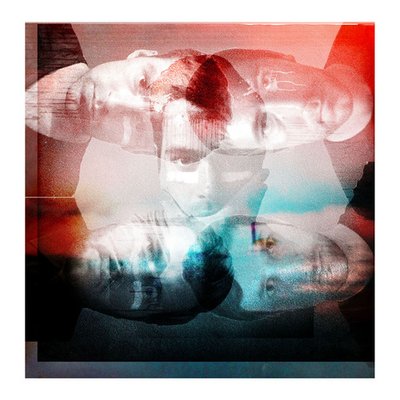

Scott: Cascatelli had a great impact on Sfoglini. On the other hand, if that’s what you’re going to be known for, that’s pretty good. I may never accomplish anything in my career quite so memorable and special as this. It’s a little weird to be in your mid-40s and think, Oh I may be peaking right now.

This is the thing I'm going to be known for the rest of my life. It occurred to me a few weeks after it launched that this is going to be the headline of my obituary. How did the public and the food world respond to cascatelli?ĭan Pashman: It’s been crazy. We worked directly with a die maker in Brooklyn, Maldari & Sons, to supply us with the bronze dies for these interesting shapes, and we also spoke to them about new shapes we could develop, but the idea of creating something new kept getting pushed back as we continued to grow the business. We wanted to bring more interesting and exciting shapes to the pasta aisle to capture the interest of pasta lovers and help us stand out. You would commonly find standards like penne, rigatoni, and spaghetti, but if you wanted something different, you would likely have to visit a specialty market. Scott Ketchum: When we first started Sfoglini in 2012, there were not many unique pasta options available in the U.S. VICE: Scott, when you started Sfoglini, how did you decide which pasta shapes and flavors you were going to produce? Did you envision creating original shapes, or bringing ones that were virtually unknown in the U.S.
#Words in weird shapes how to#
VICE caught up with Pashman and Sfoglini co-founder and CEO Scott Ketchum to discuss the new shapes and how to prepare them, the legacy of cascatelli, and their favorite Sfoglini pastas to keep on deck.


 0 kommentar(er)
0 kommentar(er)
